
Transmission electron microscopes use inline holography to measure and rectify images in real space and to measure magnetic and electric fields. On the other hand, it needs help with incoherent dispersion and low-spatial-frequency information transmission. This work optimizes reconstruction parameters and compares the outcomes using gradient flipping, phase prediction, and incoherent background removal. Transmission electron [..]
Read More
To enhance medical imaging, a group of researchers has created a novel method called quantitative photoacoustic tomography, or QPAT. QPAT is an imaging modality that combines optical tomography with ultrasonography, an imaging method that employs sound waves to view characteristics inside the body. It uses data on the strength of acoustic waves as detected on [..]
Read More
Artificial materials that are skilled at influencing perception are called metasurfaces. Metasurfaces are attracting much interest as optical components that enable the miniaturization of optical systems for the next generation of virtual and augmented reality and LiDAR. They enable lenses to be shrunk to one 10,000th the size of normal lenses. Countries may gain a considerable [..]
Read More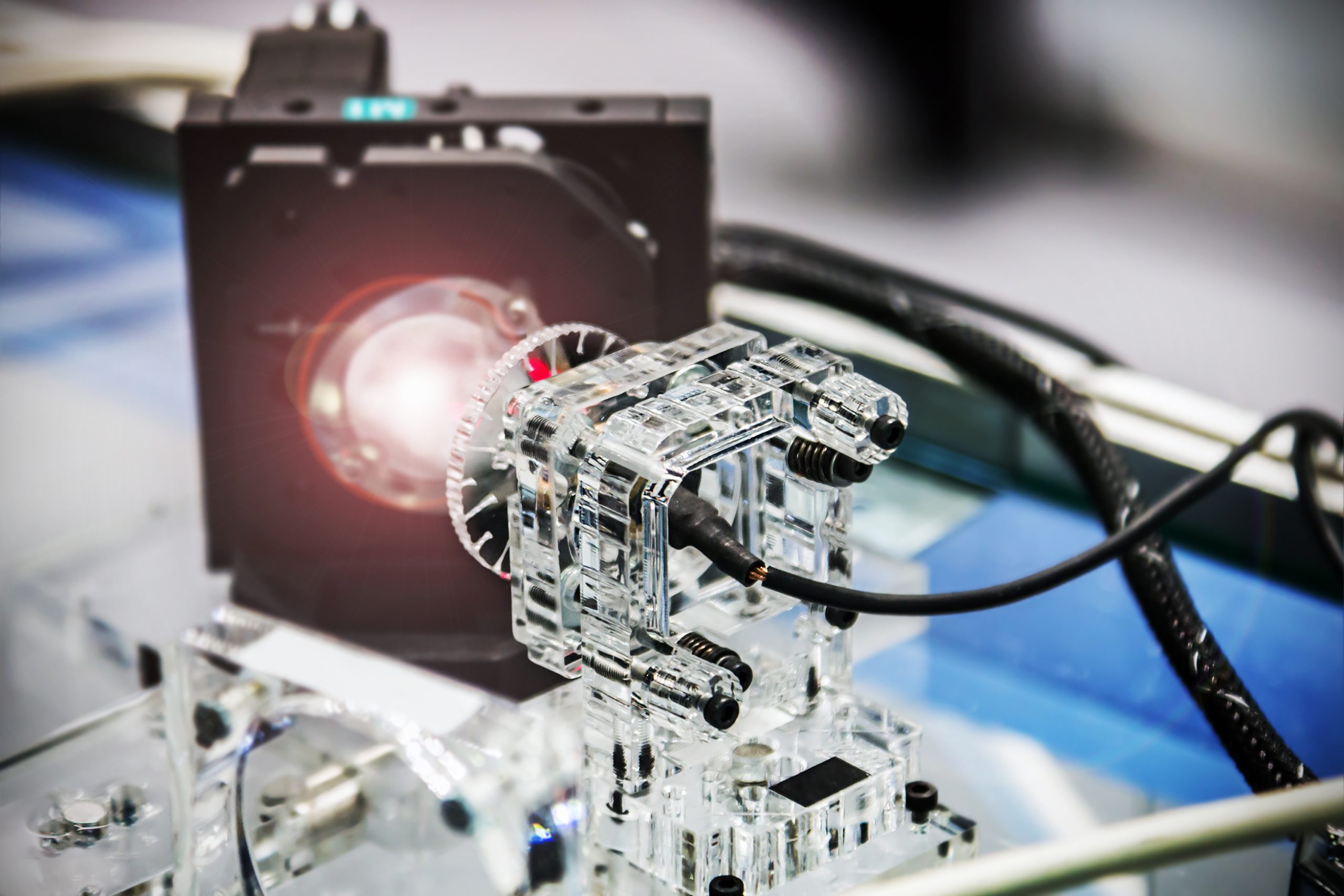
Researchers have demonstrated that chip-based optical frequency combs with sufficient output power for optical atomic clocks and other practical applications may be made using dissipative Kerr solitons (DKSs). The development could result in equipment built on chips that can do precise tests previously only achievable in a few specialist labs. In metrology, frequency combs are [..]
Read More
Two entangled light particles were seen in real-time by scientists using a first-of-its-kind method, giving rise to the striking quantum “yin-yang” sign. Future quantum experiments might be greatly accelerated by the new technique known as biphoton digital holography, which makes use of an ultra-high-precision camera. Two photons can become irrevocably linked by a relationship called [..]
Read More
Using a cascaded architecture of gas-filled hollow-core fiber (HCF), bare lithium niobate (LN) crystal plate, and a specially designed chirped periodically poled lithium niobate crystal (CPPLN), researchers have demonstrated four-octave-spanning intense ultraviolet-visible-infrared (UV-Vis-IR) full-spectrum laser source with the energy of 0.54 mJ per pulse. The HCF-LN system can produce an intense one-octave bandwidth mid-IR laser [..]
Read More
According to a new study, artificial intelligence can forecast the on- and off-target behavior of CRISPR tools that target RNA rather than DNA. To manage the expression of human genes in various ways, the study combines a deep learning model with CRISPR screens—for example, by flipping a switch to fully turn them off or turning [..]
Read More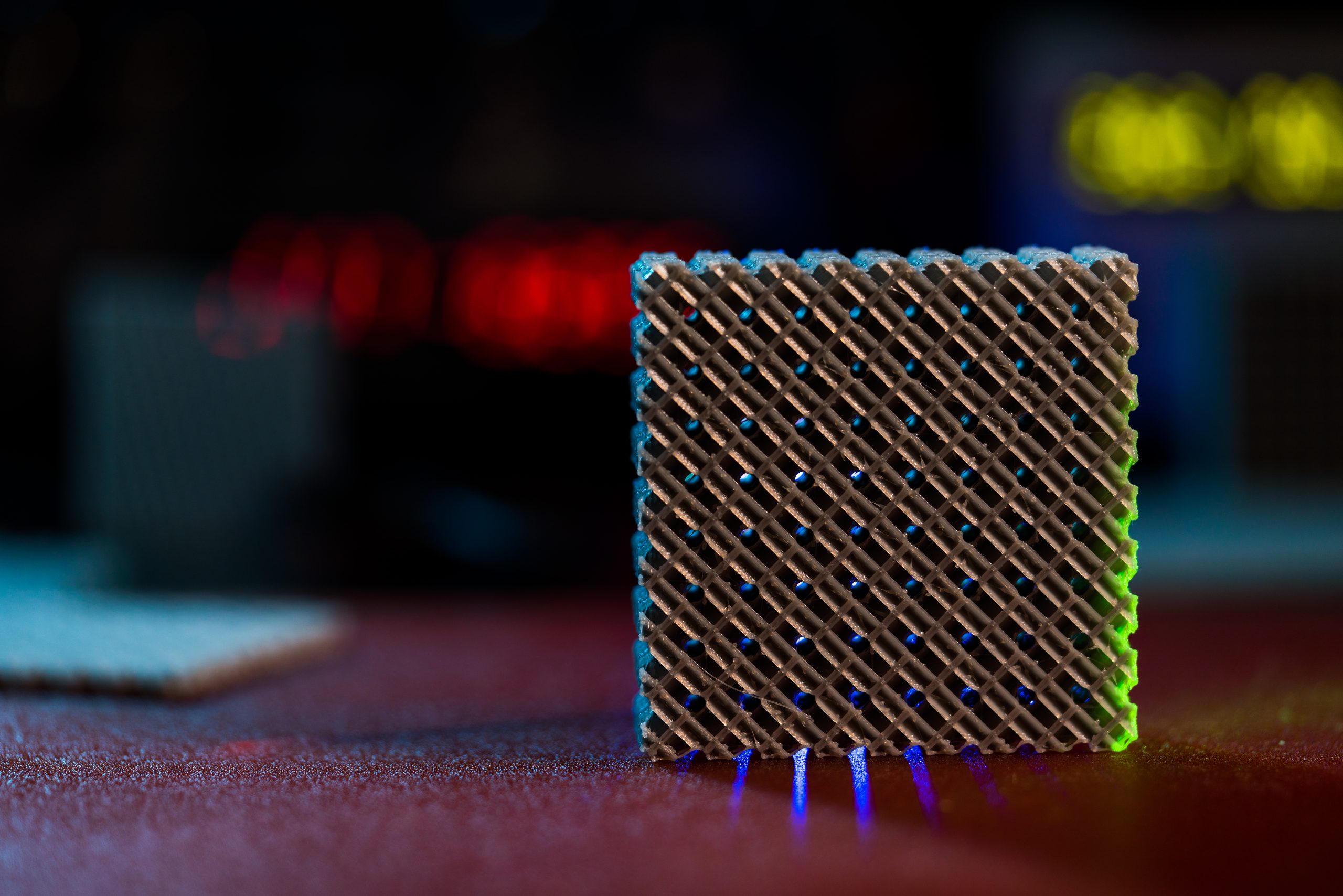
To minimize the thickness of a camera lens and enable the fabrication of a high-resolution and high aspect ratio metasurface, a team created a water-soluble mold. This development has the potential to completely change smartphone camera technology, despite difficulties, including high production costs and complicated procedures. Nanoimprint lithography and electron beam lithography are two important [..]
Read More
A high-resolution inelastic neutron scattering technique for examining nanosecond dynamics is neutron spin echo spectroscopy. It advances knowledge of viscoelasticity and is particularly suited to studying atomistic motion in polymer systems. Doppler scattering must be taken into account, nevertheless, for samples that are moving or that are being subjected to shear. Researchers discover remarkable agreement [..]
Read More
Recent patent approvals provide insight into anticipated improvements to future mixed-reality (MR) headsets. The patents highlight the commitment to user security and technical innovation by describing a multi-camera biometric imaging system and an automated selection procedure for the best biometric data. The patent for a multi-camera biometric imaging system describes the use of many cameras [..]
Read More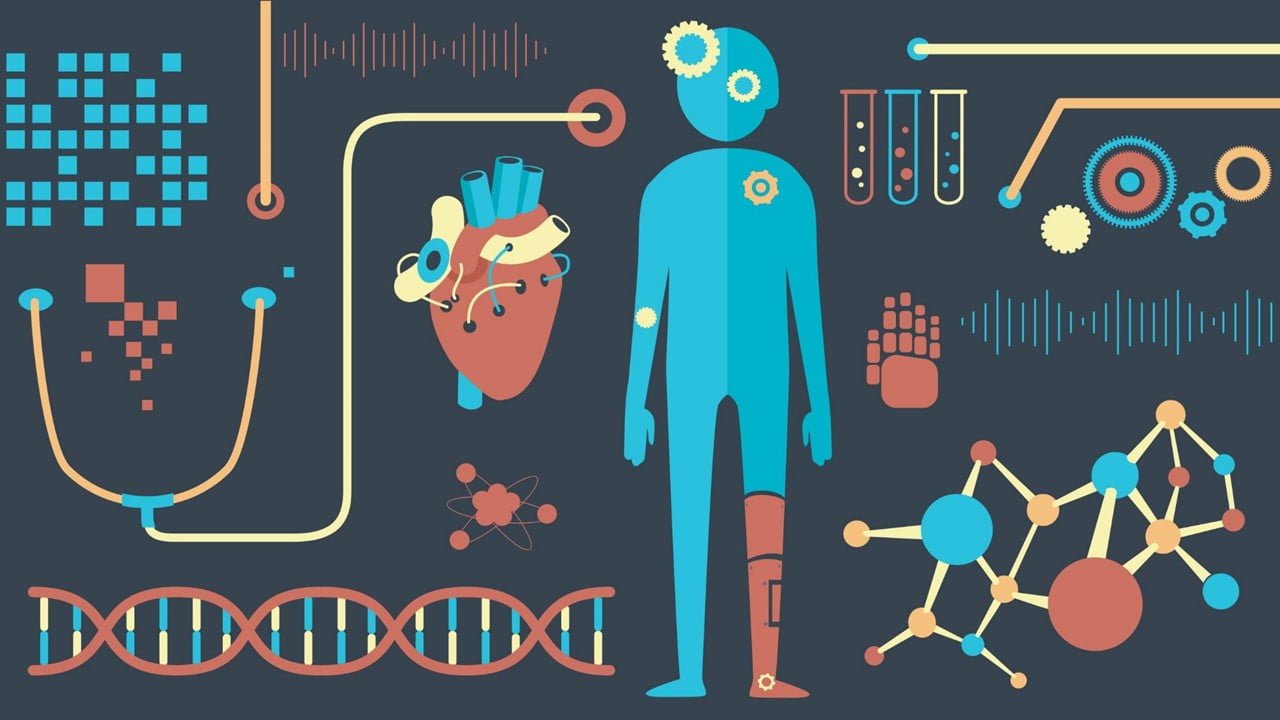
For medical practitioners, medical imaging, such as X-rays, CT scans, MRIs, and ultrasounds, gives distinctive viewpoints. By locating biomolecules inside specimens, spectroscopy gives more information. The goal of the research is to enhance diagnostic imaging. The researchers are creating imaging devices that use terahertz radiation after realizing the advantages of imaging and spectroscopy. Terahertz radiation [..]
Read More
Creating a spin-optical laser using monolayer-integrated spin-valley microcavities without needing magnetic fields or cryogenic temperatures is a breakthrough in atomic-scale spin-optics. Scientists have created a coherent and controlled spin-optical laser based on a single atomic layer. Coherent spin-dependent interactions between a single atomic layer and a laterally constrained photonic spin-lattice, the latter of which allows [..]
Read More
Researchers created a nanosecond-scale volatile modulation system combining a phase-change material as a breakthrough for optical computing. The requirement for processing capacity has risen due to developments in computer vision and autonomous driving. The power and size constraints on current optical computer circuits have prompted the development of nonvolatile integrated photonics. Phase-change materials (PCMs) have [..]
Read More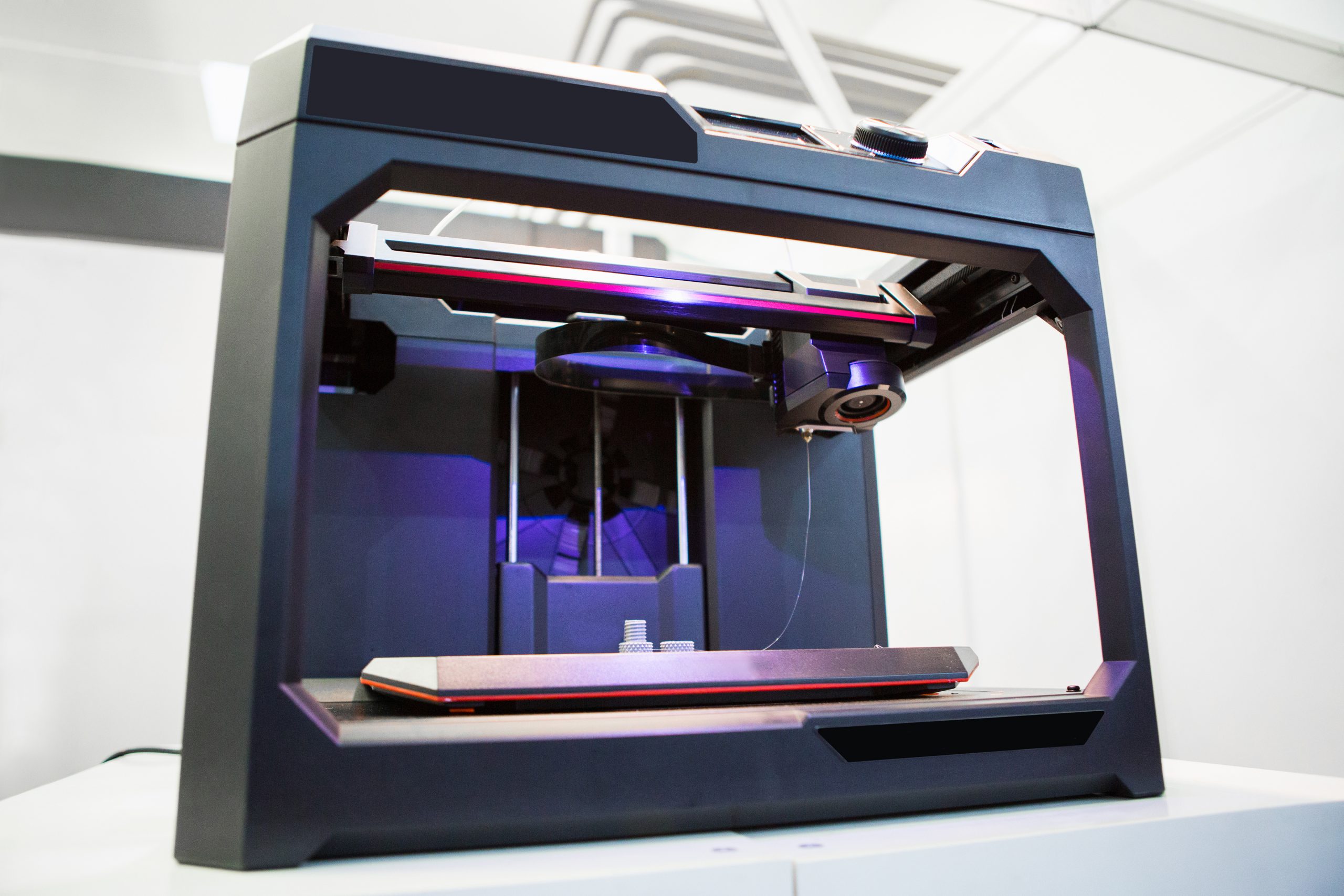
Researchers can “evolve” optical devices and print them out using 3D printing technology. These devices enable cameras and sensors to detect and control light qualities in previously impractical ways at tiny sizes. They are composed of so-called optical metamaterials, which derive their capabilities from structures with dimensions measured in nanometers. The team has developed small [..]
Read More
Because of their distinctive porous atomic structures, zeolites are utilized in various industrial applications as catalysts, ion exchangers, and molecular sieves. However, because of poor electron irradiation resistance, direct study of zeolitic local atomic structures by electron microscopy is challenging. Their essential structure-property correlations are, therefore, yet uncertain. Optimal bright-field scanning transmission electron microscopy (OBF [..]
Read More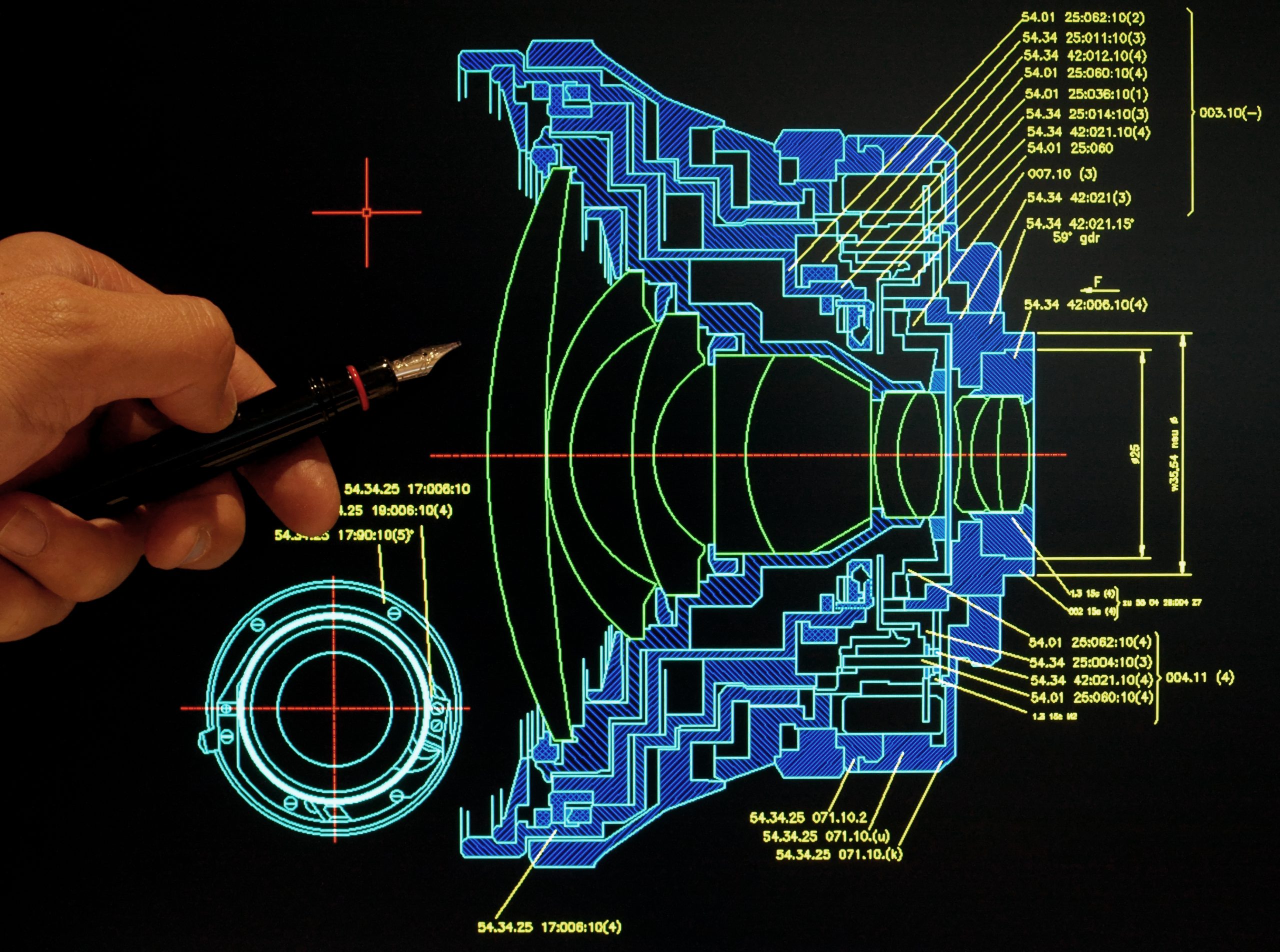
Cylindrical optical waveguides called optical MNFs have diameters below or very near the wavelength of light. Since its initial experimental demonstration, low-loss silica MNF has gained popularity in various fields, including optomechanics, nonlinear optics, optical sensors, and atom optics. The most efficient way to improve light-matter interaction and uncover new possibilities for both scientific study [..]
Read More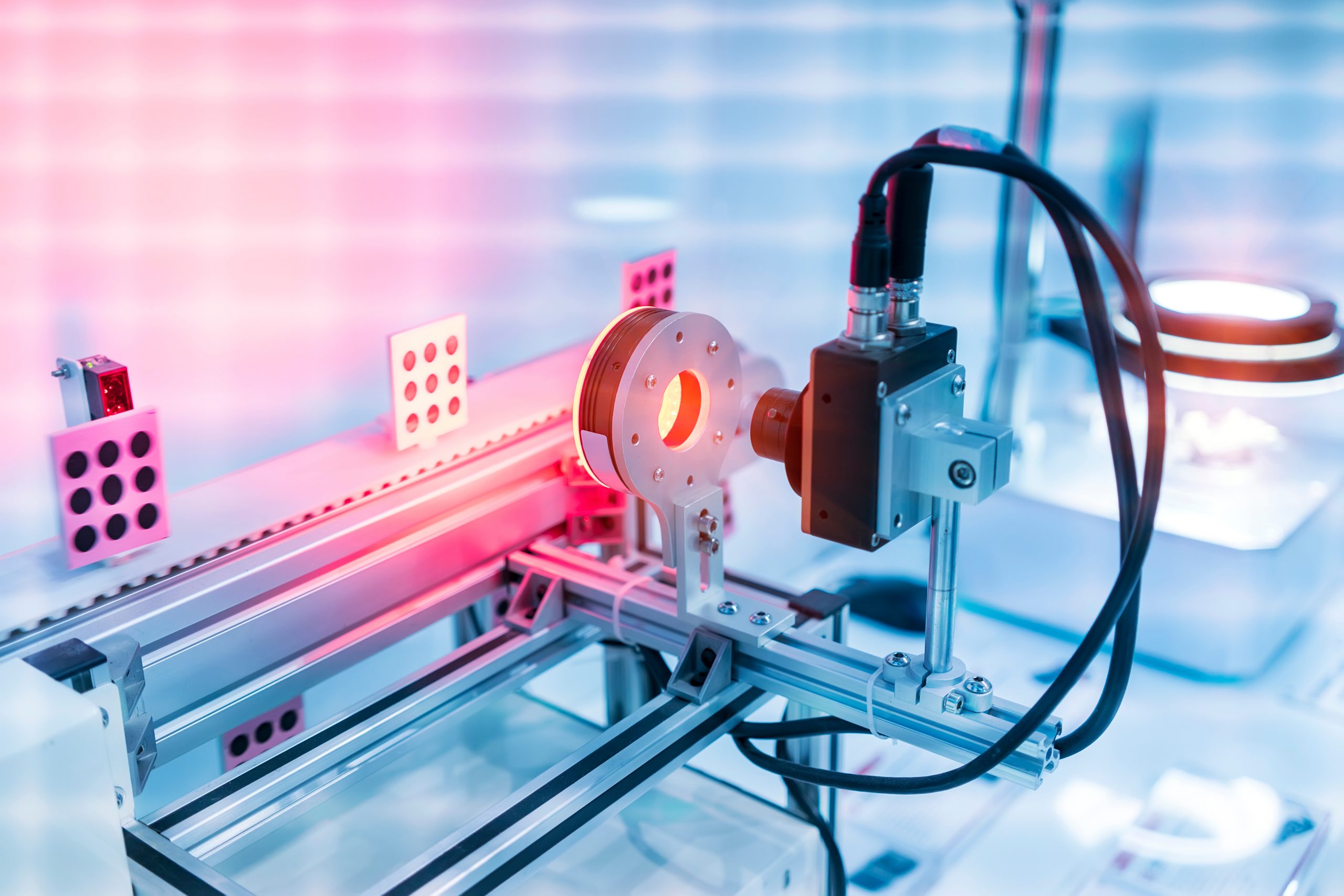
Although generative AI systems now available have drawbacks that can restrict their usage, artificial intelligence appears ideal for producing the enormous amounts of pictures required to educate autonomous vehicles and other robots to observe their surroundings. Engineers have created a programmatic imaging software system to overcome these restrictions and quickly produce picture sets to prepare [..]
Read More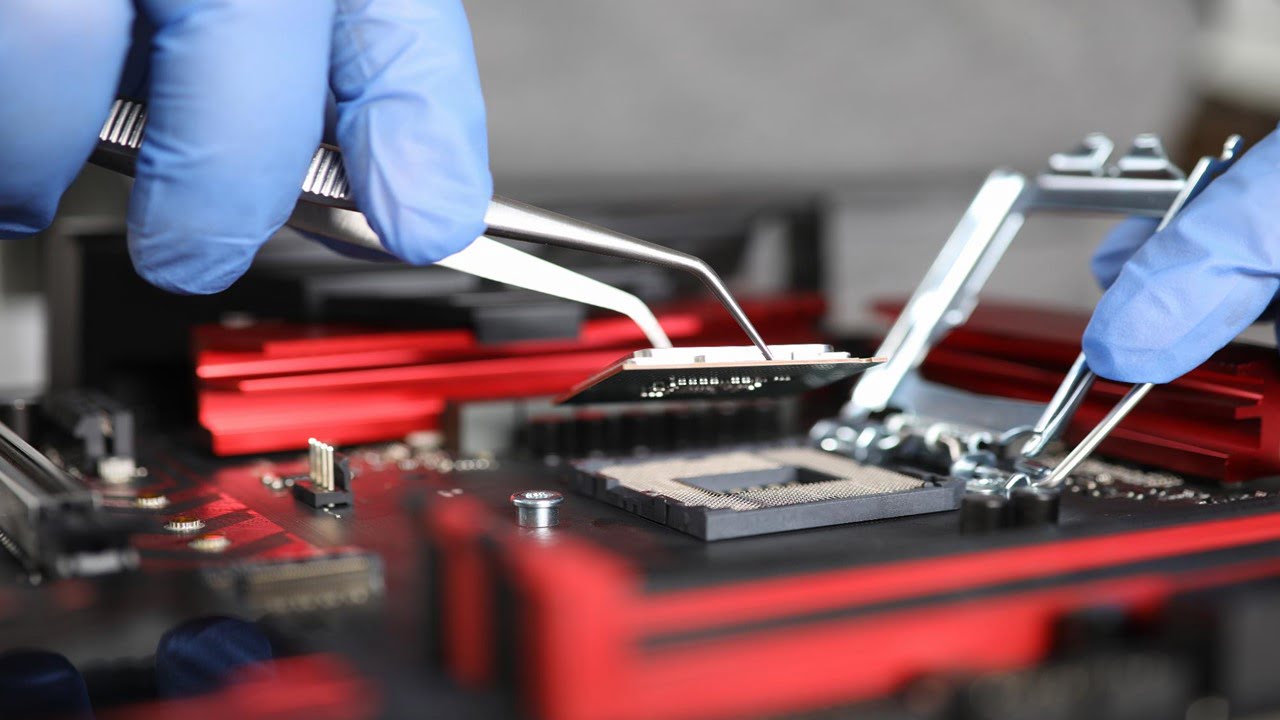
Due to their exceptional optoelectronic characteristics, metal halide perovskites have attracted much attention as potential materials for next-generation optoelectronic devices. Researchers have achieved significant progress in device performance by developing a comprehensive grasp of perovskite composition, crystal formation, and defect engineering. However, Effective optical control is becoming increasingly important as device performance approaches theoretical limitations [..]
Read More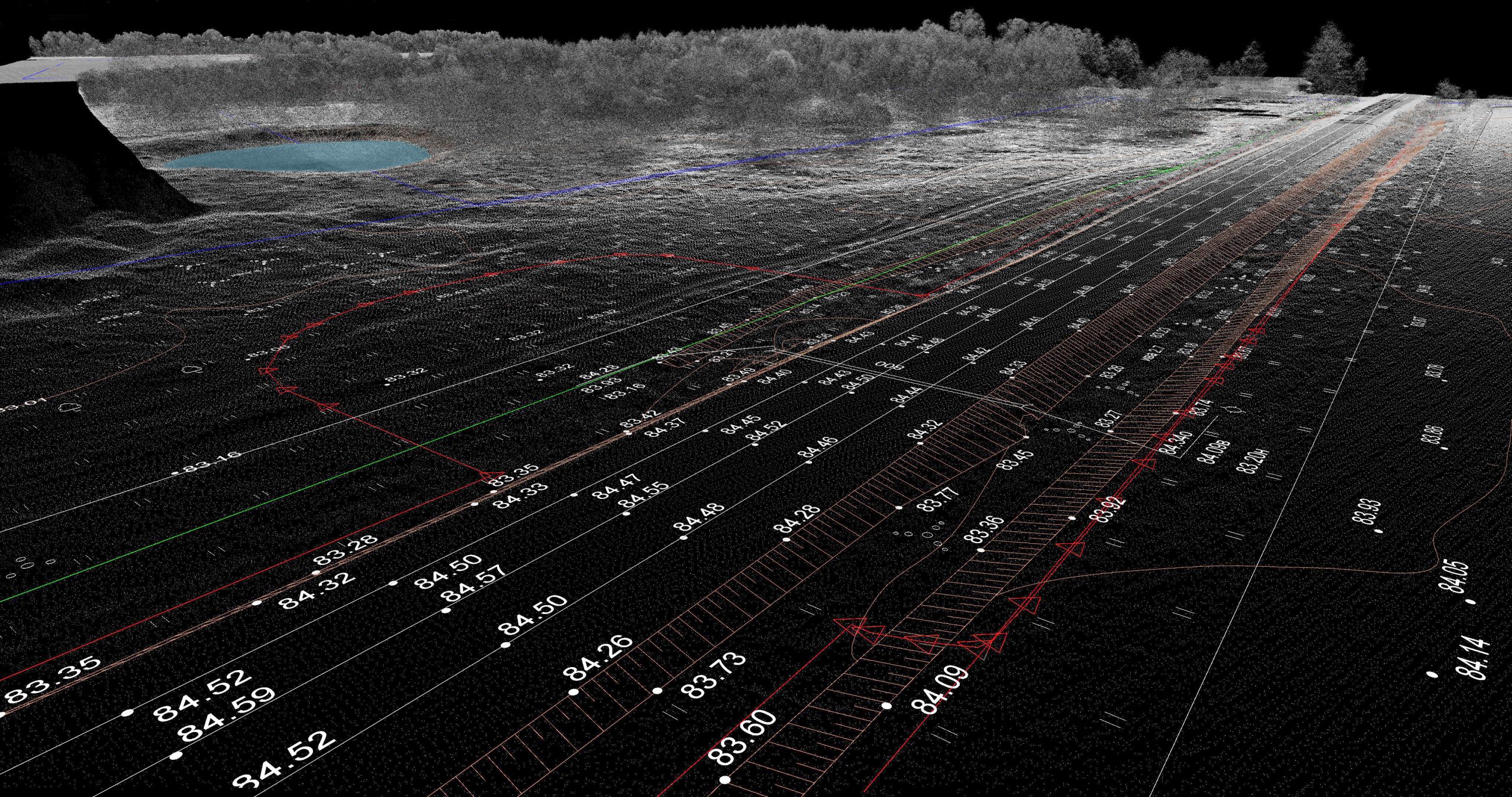
A key technology for robotic mobility and autonomous driving is pulsed laser scanning lidar. It computes depth and performs three-dimensional imaging using pulses of directed light. However, innovations are required to improve FoV, imaging frame rate, ambiguity range, and lower manufacturing costs. A research team suggests a creative alternative to satisfy the demands of automotive [..]
Read More
Numerous researchers, including astronauts, are examining Mars, notably its atmosphere and soil composition. In a recent study, scientists properly identified nitrogen in simulated Martian soil using laser-induced breakdown spectroscopy (LIBS) technology. The importance of this study lies in the fact that identifying nitrogen on Mars is essential to identifying indications that life is possible there. [..]
Read More